This is part of a series about my experiences in publishing a book. The series starts here.
A few things I would like to have been able to tell my younger self when I (he?) was starting out on this project.
Unless you’re going to design it yourself, don’t sequence your own book. The reason is the design and the sequencing are so intertwined that forcing the designer into a predetermined order will tie their hands and foreclose creative and beautiful layouts. I was surprised and pleased at the way that Jerry sequenced the images. I would never have done it that way, and the book is better for it. I’m not saying you should ship off a bunch of files and stand back. I told Jerry which images I considered the most important, and they were featured.
Full bleeds can be great.
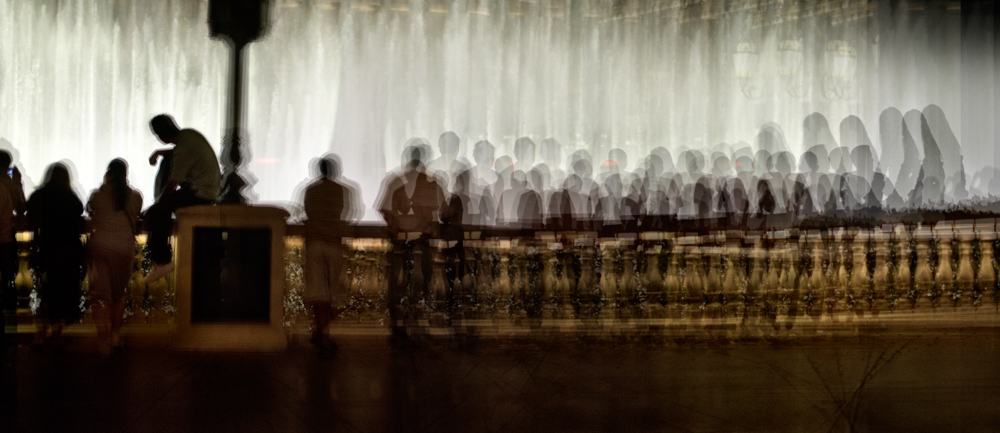
As a rule, full bleeds get no respect among photographers. I think the reason is that the page shape is unlikely to be the shape of the image, and cropping an image from its original shape will produce something bad. I can see that, but that‘s not at all the way things worked out for me. After we had settled on a page size, I picked a set of images that I thought might work in that shape, and set out to crop them. I failed on some, but on most I succeeded, and in one case, I liked the full bleed shape much better than the original one.
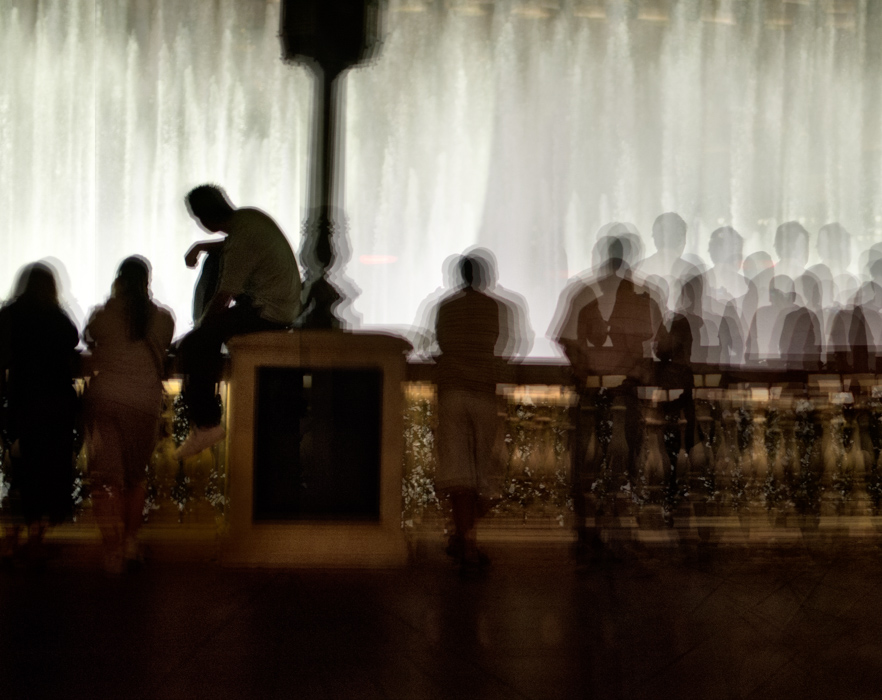
Note that I am not saying that you ought to let anyone else crop your images. The thought of that makes my blood run cold.
A designer can help you, but in the end, it’s all on your shoulders.
This might be different if you go with somebody like Brooks Jensen, who is providing something close to a turn-key book service, but I’m talking about using a design firm. Actually, since this is a sample space of one, I’m talking about using one particular design firm. But I expect that my experience generalizes somewhat.
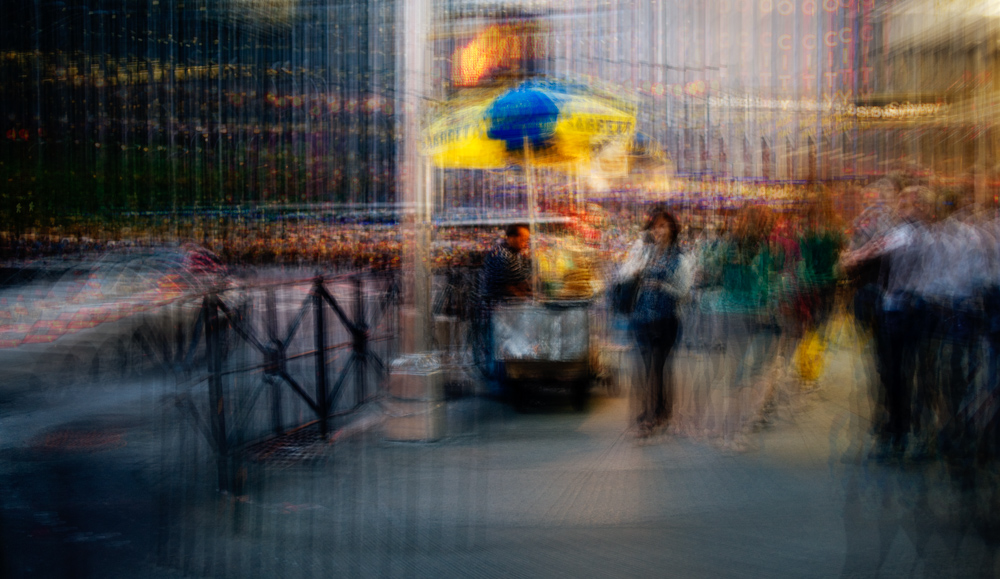
I thought at the outset that Jerry would tell me what all the choices were, I’d make them with some coaching as to the implications, and that would be that. And that’s the way most of it went.
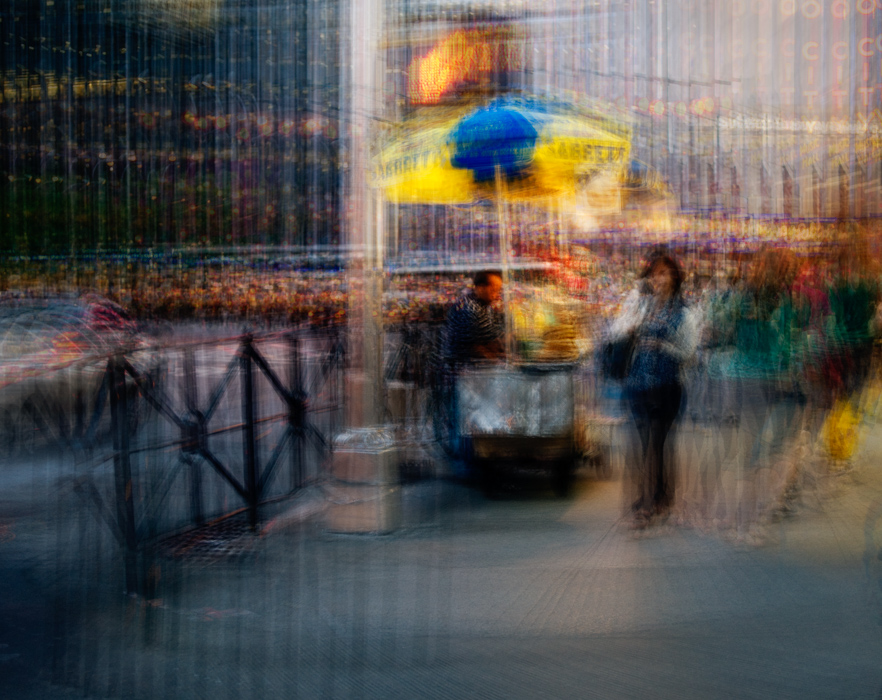
However, the issue with the ISBN crystallized that for me. Jerry thought I didn’t want an ISBN since I said I wasn’t expecting to sell the books, and I assumed that he was going to get one, even though it said in the (long, and read only once 18 months ago) contract that the ISBN was my responsibility. I wanted an ISBN so that libraries and museums would have a way to identify the book. Even if it was my responsibility to get one, I’d like to have been prompted, so that it could be printed in the book. I may still get one, but I’ll have to apply it to the books with stickers, and, since 600 of the books have already been distributed, and this didn’t come up until the books were shrink-wrapped, they won’t all have ISBN’s.
The issue with the page flatness is another example of this. I’ve made my peace with the way the binding of the book came out after finding that the spine curved pretty much the way I wanted it to after the book had been handled a while (or, as Jerry pointed out, if you broke it in the way you were taught in grade school), I was disappointed that no one could say how the binding would actually turn out, and in the end I had to just roll the dice.
No matter what you think you have worked out with the designer, the design can get away from you. This may end up being a good thing, but it’s something to pay attention to going in.
Here’s an example.
Jerry was originally going to lay out the book so that it would fit Brook Jensen’s standard printing and binding process. When I got the layout from Jerry, Brooks said that if the book were printed his way, I wouldn’t like the result. I already knew that we needed a spot color, and Brooks had said he could modify things to get that in, but there was a big surprise – at least to me. Jerry had super-rich facing black pages between the various sections of the book. It was a beautiful look. But Brooks said that, without varnish, the inked pages would act like sandpaper rubbing against each other. Jerry agrees, and suggested an over coat. That meant we couldn’t use the press that Brooks had planned on using. That meant the costs went up a lot. Jerry also had introduced some special paper at the beginning of the book. All that meant that the book had strayed so far from Brooks’ model that he thought (and I agreed) that I should just go directly to Hemlock.
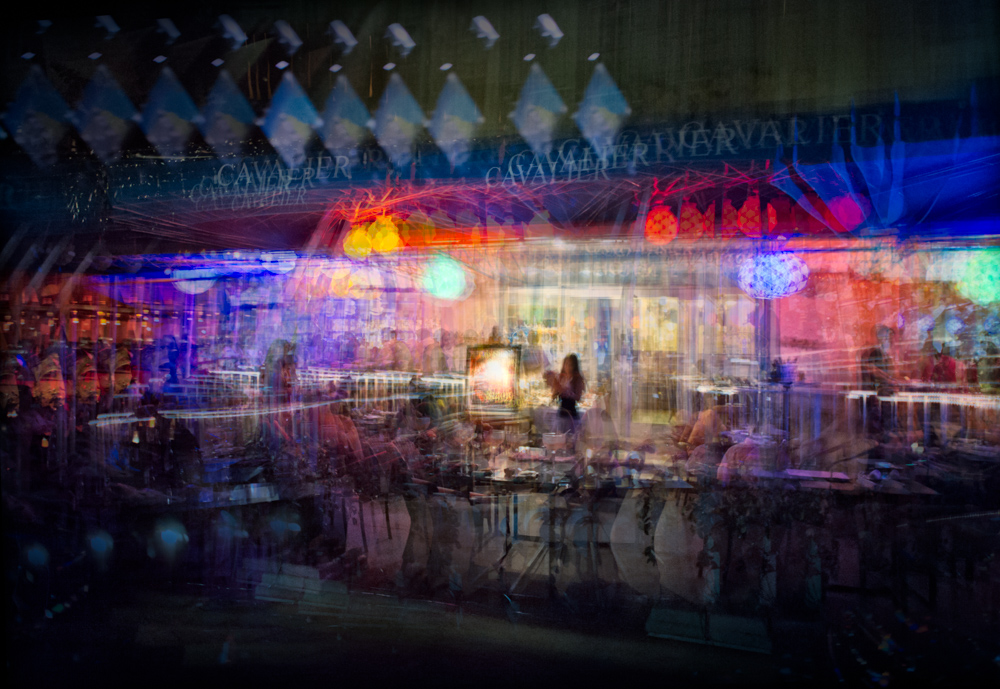
It all turned out well, in many ways. I got a beautiful book. I love the look of the black pages between the sections. As long as we were doing aqueous coatings, we could do them over each image, allowing us to us a duller paper.
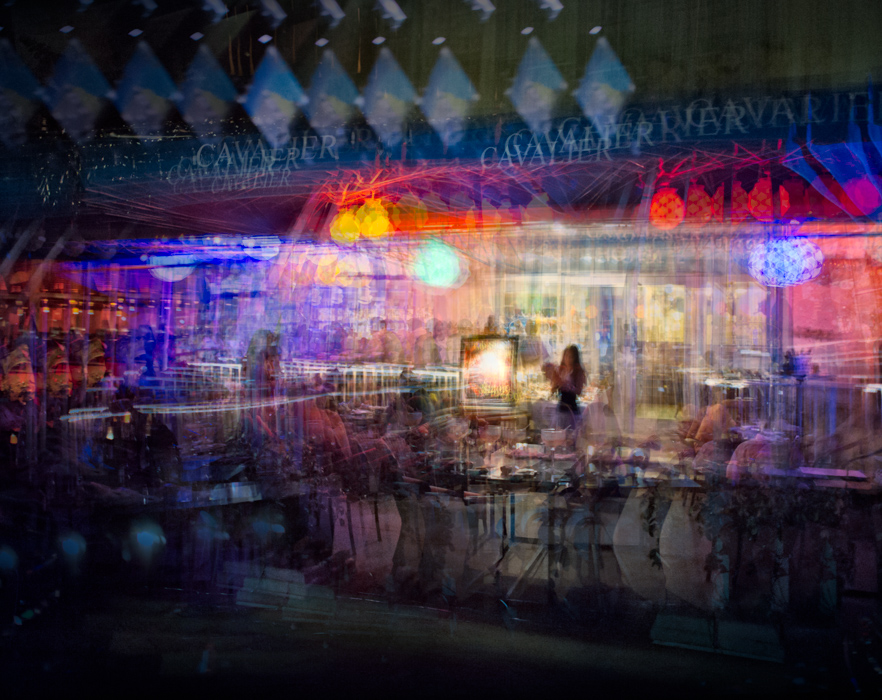
It turned out to be a better book than staying with the plan.
It also turned out to be a much more expensive book than staying with the plan.
Anybody who has ever built a house will see a pattern here.
The photos shown in this post are so interesting, beautiful and original! I like them a lot!
As a fan I wonder if it is possible to get to know something about the work flow in the creation of these pictures, or is it an artistic secret?
From the artist’s statement here:
http://www.kasson.com/gallery/staccato/
Does that explain it sufficiently?
Jim